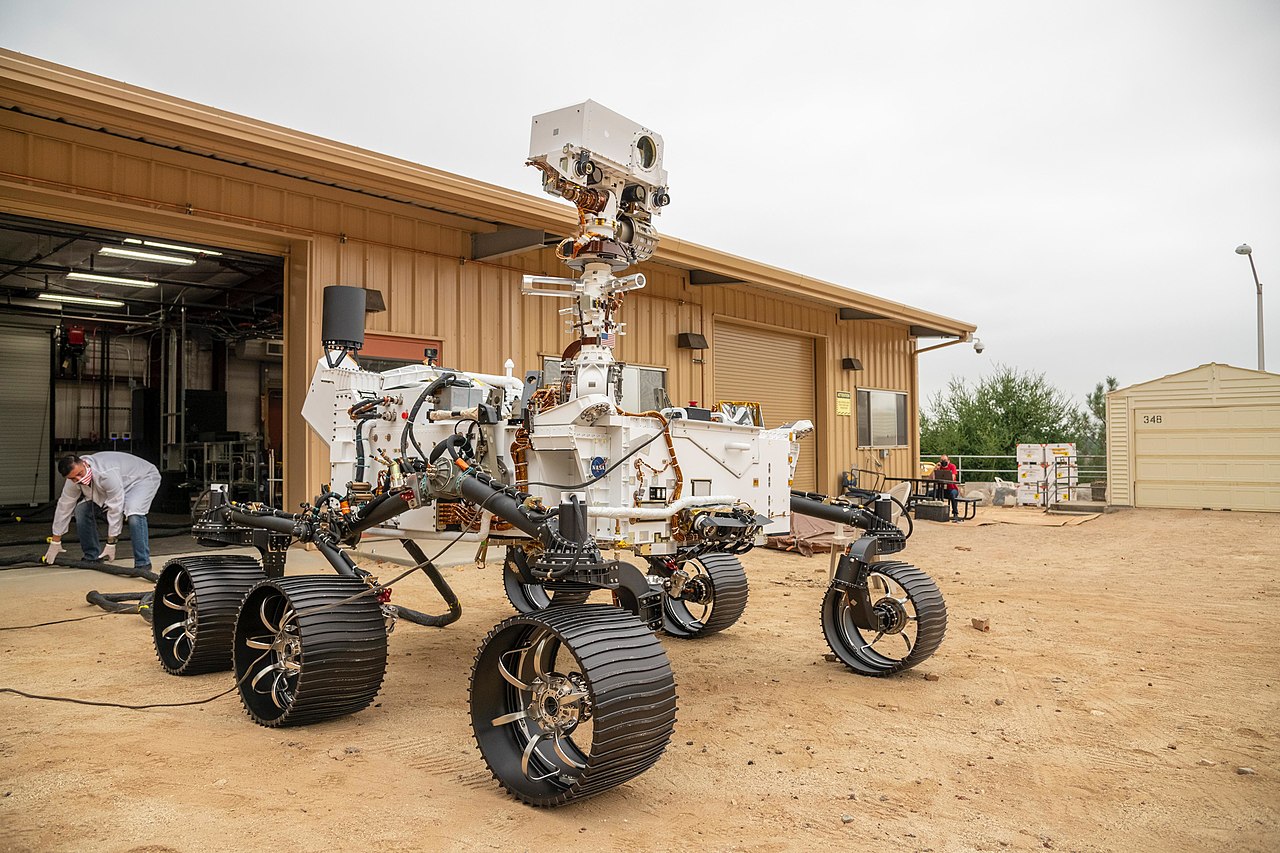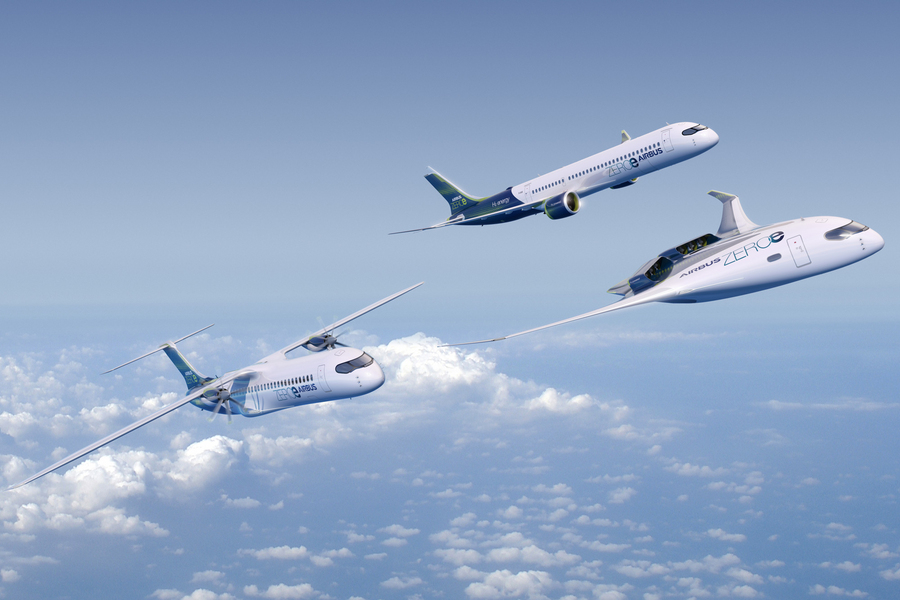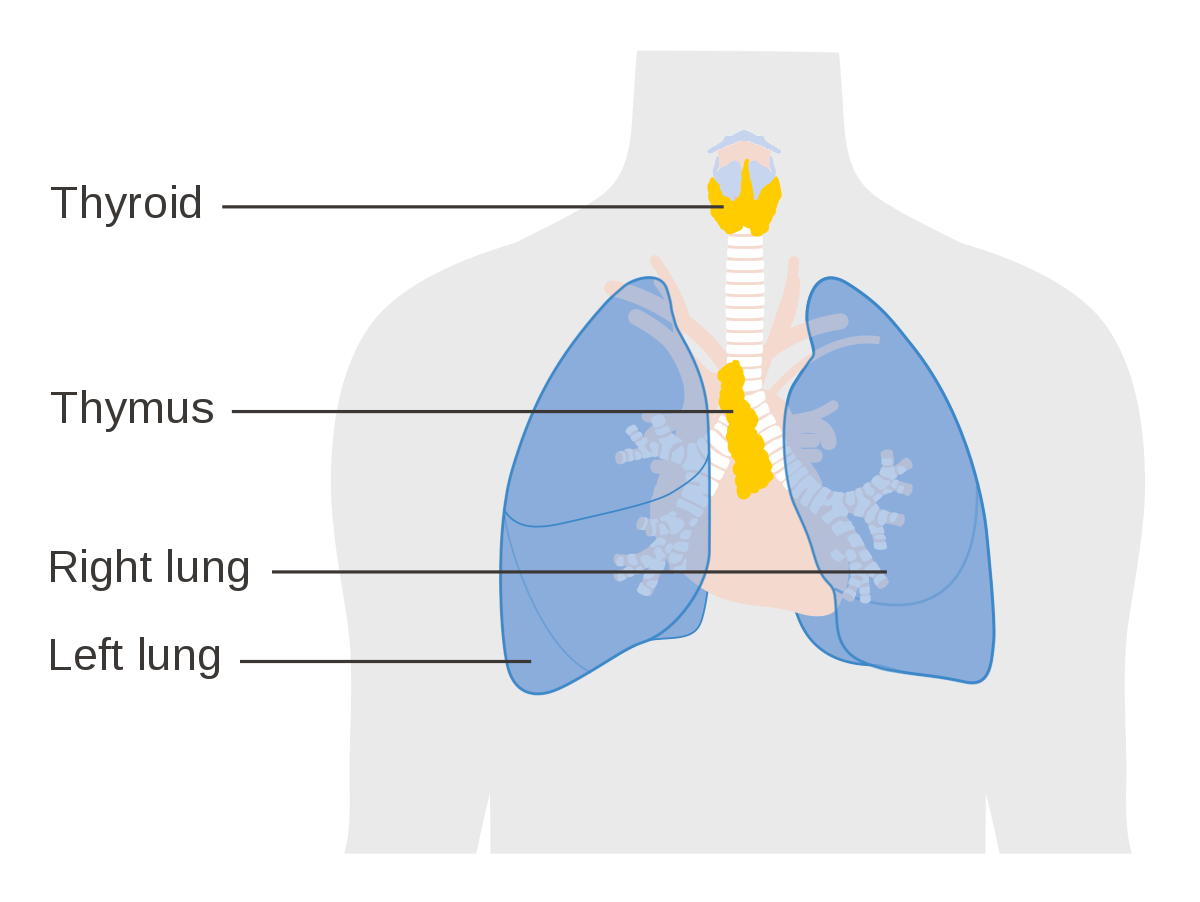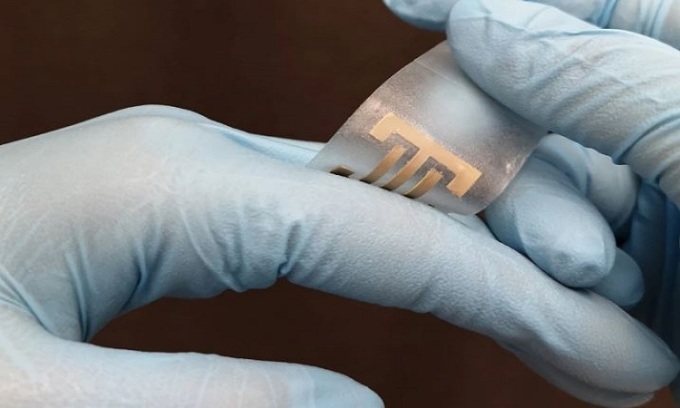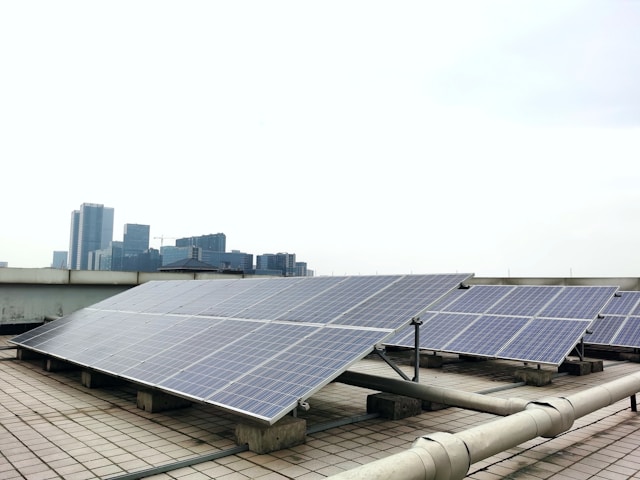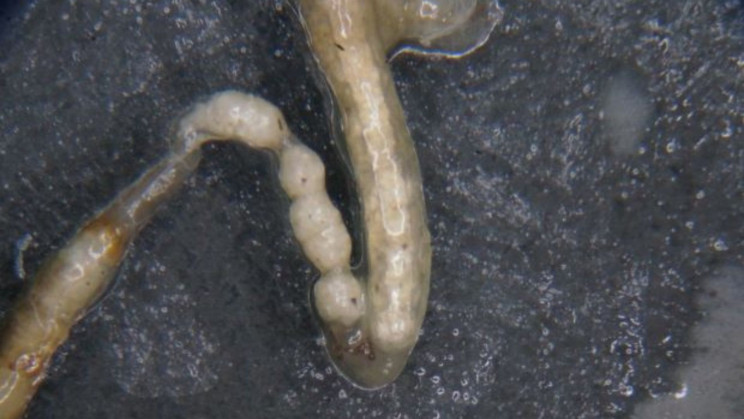Approximately 40% of the world’s population lives in conditions of water scarcity, a statistic that does not bode well for future generations. According to the United Nations water agency, water use has been increasing at more than twice the rate of population growth in the last century.
Recently, Australian researchers discovered massive freshwater reserves underneath the ocean floor, on continental shelves off Australia, China, North America, and South Africa. The estimated 500,000 cubic kilometers of low-salinity water is of great importance since these reserves and similar freshwater reserves could potentially sustain future generations as current water sources gradually diminish.
To put this discovery into perspective, the 500,000 cubic kilometers of freshwater reserves that were found are equivalent to the total amount of rainfall the earth experiences in one year.
The freshwater reserves formed over hundreds of thousands years ago, through absorbing large amounts of rainfall when the sea level was much lower than it is today. These reserves have remained intact in the underlying water table, protected by layers of clay and sediment for a very long time.
UN Water estimates that by 2030, 47% of people will live under high water stress. The question now is, how do we decide to use such a precious resource in the future?
Drilling for water could prove to be expensive, but unless someone has a better way to extract the water, it certainly could become reality.

